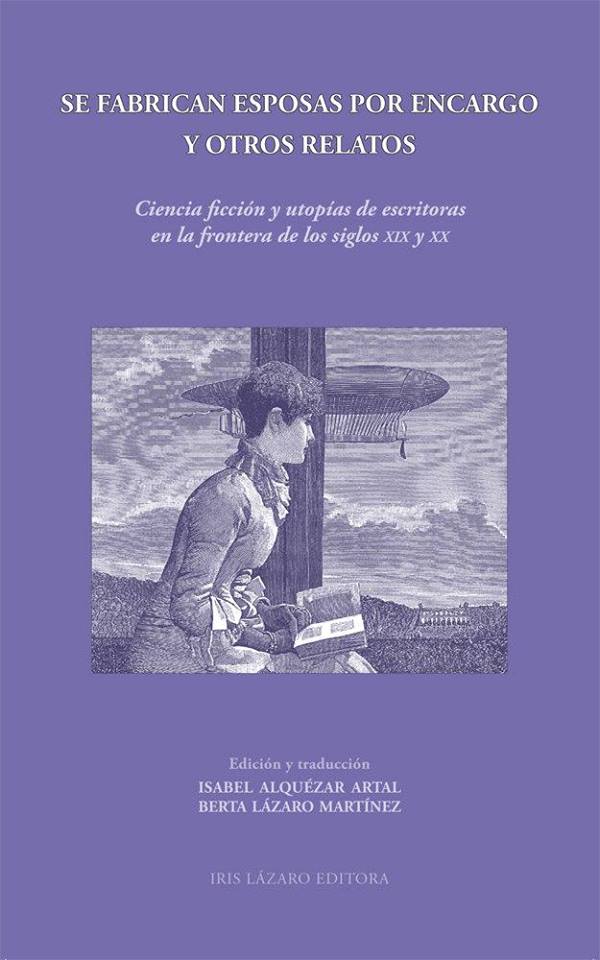
A lot of people will have picked up a copy of Stephen King’s IT since the first installment of Andy Muschietti’s two-part film adaptation was released. Some will have hoisted it up from a display table at a bookstore, noticed it weighed almost as much as the table, and wondered whether it’s worth committing so many hours to one reading experience.
The answer is yes. IT may be an imperfect book – and one or two aspects of it really don’t work for me. But it’s also one of the most compelling extended reads you could imagine.
(A quick aside: Stephen King and his publishers insist that the title of IT should be all in capitals. I would normally give short shrift to the idea that a pronounceable word should be spelled in caps, but since it might help to distinguish between IT the book, It the entity described in the book and it the common English word, we’ll go along with the idea.)
I found it almost impossible not to make flippant references to the sheer length of IT, because that is the first thing you notice about it. The paperback edition I own runs to some 1,600 pages, while the original hardback could break your toes if you were to drop it. When the book first appeared in 1986, I suspected that King had now become so successful that no one dared edit him. But while some King books could do with being significantly shorter, I don’t think IT is one of those.
IT has enough story for about two novels and several novellas. In 1957-58, a group of children in the New England town of Derry take on an evil force that manifests itself in all kinds of terrifying forms – most strikingly in the shape of a malevolent killer clown. In 1984-85, that same group (or most of them) reunite in an effort to finally defeat that force (It) permanently. The book cuts back and forth between these two narratives, but also offers several lengthy “interludes” revealing some of the evil that It has done in Derry on other occasions.
The children in the book are a group who call themselves the Losers’ Club. They are outcasts who hang out together in an underground den, sharing their fears and anxieties. And King knows that childhood is full of those.
These kids are scared of the kinds of things children are often scared of. Clowns, werewolves, birds, the giant eyeball from the film The Crawling Eye (or The Trollenberg Terror, as we in the UK know it). Adults know that these things are nothing to be afraid of – but in Derry, where an evil force can take any shape it chooses, being scared of all these things is perfectly rational.

There isn’t space here to discuss all seven members of the Losers’ Club. Suffice it that King portrays these children, their environment and their unique domestic and inner lives very vividly indeed. These kids have an array of real problems at home – an abusive father, a smothering mother, parents rendered helpless by grief. What’s more, at school and in public, they have to contend with a gang of bullies led by the deranged Henry Bowers, who is himself the victim of horrible bullying by his father.
In the 1984-85 passages of the novel, we see that the Losers’ Club have moved on and mostly achieved some success in life. Like most of us, they have outgrown their childhood fears – in fact, they have literally forgotten what most scared them twenty-seven years before. Unlike most of us, though, they are drawn back to face those fears all over again, with the stakes raised even higher.
In King’s universe, real world horrors like racism, homophobia and domestic violence seem to spring from the same dark place as the fanciful evils that scared us as children. The grown-up members of the Losers’ Club must follow their fears to the very source of all those terrible things.
The book’s weaknesses come at its climax. In the final act, we learn how the Losers’ Club confronted It in the 1950s, and we see them do the same thing in the 1980s. But now King has to reveal what lies behind all the evil we’ve seen so far, and that’s a tall order. (WARNING: Here come some spoilers.) We learn that our universe was vomited up by a turtle – one of King’s stranger conceits, to be sure – and that It’s true form is as a giant spider, within which shine orange lamps called the Deadlights.
We can all relate to the real and imaginary horrors we’ve seen thus far; but now, King has set himself the task of showing us the elemental force behind them, and it’s just about impossible to make these abstract horrors seem as troubling as what’s gone before. What’s more, this sequence has the book’s most infamously unsettling passage – the pages in which the one girl in the Losers’ Cub of 1957, Beverly, decides their mission will only succeed if she gives herself sexually to each of the six boys in turn. The extended description of twelve-year-olds having sex makes for distinctly uncomfortable reading.
Not for the last time, King proves to be so good at writing about tangible fears and anxieties that his journey into the supernatural is a let-down by comparison.
After more than 1,000 pages, you might imagine that a misjudged climax would kill the book. Fortunately, there are a couple more key scenes before the end, which serve to redeem these episodes. But anyway, what has gone before has been such a powerful account of childhood and growing up that even a weak ending can’t undo it.
For all its faults, IT is horror’s Moby Dick – a gargantuan tale so full of powerfully rendered characters, ideas and episodes that it bears returning to and analysing, one memorable passage at a time.










